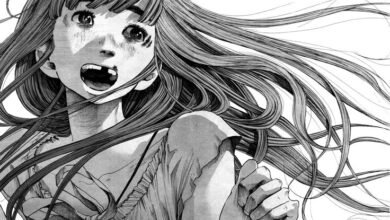Art:7o-Qq1ohspe= Sigmund Freud

Art:7o-Qq1ohspe= Sigmund Freud theories have long shaped our understanding of the relationship between the unconscious mind and artistic expression. By examining how suppressed emotions and latent desires influence creativity, we gain insight into the psychological underpinnings of art. This dynamic interaction not only enriches the artist’s process but also serves as a mirror for audiences, prompting self-reflection on their own subconscious. As contemporary art continues to evolve under the influence of Freudian concepts, one must consider how these ideas challenge traditional notions of creativity and expression in unexpected ways.
Freud’s Theories on Art
Although Art:7o-Qq1ohspe= Sigmund Freud is predominantly known for his contributions to psychology, his theories extend profoundly into the realm of art, illuminating the intricate interplay between the unconscious mind and artistic expression.
His psychological analysis reveals how artists channel repressed emotions and desires into their work, transforming internal conflicts into visual or literary forms, thus offering profound insights into the shared human experience and the quest for freedom.
Read more: Art:7lnqe185vda= Sunflower Drawing
The Unconscious Mind in Creativity
The unconscious mind serves as a fertile ground for creativity, where hidden thoughts and emotions can emerge in unexpected forms.
This realm facilitates symbolic expression, enabling artists to channel their creative impulses into profound works.
It is through this exploration of the unconscious that individuals can transcend conventional boundaries, liberating their imaginative potential and fostering a deeper connection to their innermost selves.
Dreams as Artistic Inspiration
Dreams represent a unique intersection of the unconscious mind and artistic expression, acting as a wellspring of inspiration for countless creators throughout history.
Through symbolic interpretation and dream analysis, artists harness the surrealist influence to manifest subconscious expression.
This exploration of dreams not only enriches artistic endeavors but also liberates the creator, allowing for profound connections between imagination and reality.

Impact on Modern Art Movements
Numerous modern art movements have drawn significantly from Sigmund Freud’s theories, particularly his concepts of the unconscious and the symbolic nature of dreams.
Surrealist techniques, for instance, exploit psychoanalytic symbolism to evoke deeper emotional responses, challenging viewers to confront their repressed desires.
This exploration of the psyche has profoundly influenced contemporary artistic practices, fostering a liberated expression of individuality and the complexities of human experience.
Read more: Art:7nyagwva-Zc= Save Water
Conclusion
In conclusion, the intricate relationship between Art:7o-Qq1ohspe= Sigmund Freud psychological theories and artistic expression reveals profound insights into the human experience. The unconscious mind serves as a reservoir of repressed emotions, offering a rich tapestry for artists to explore and convey complex narratives. As modern art movements continue to embrace these concepts, the transformative power of creativity remains evident. Ultimately, delving into this interplay between psychology and art allows both artists and audiences to peel back the layers of the human psyche.






